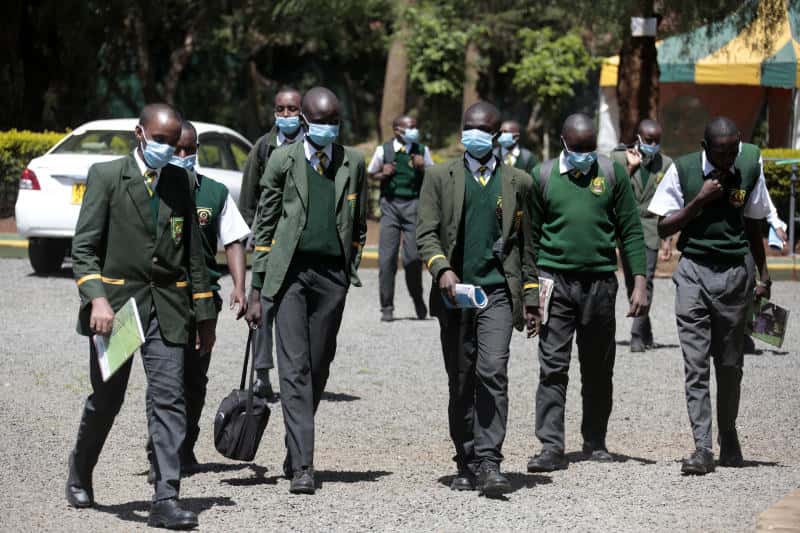×
The Standard e-Paper
Fearless, Trusted News

Students of Jamhuri High School, Nairobi during the School reopening on Tuesday January 5, 2021 after a long break over the outbreak of COVID-19 pandemic all over the world. [Boniface Okendo, Standard]
The government has an uphill task of providing 1.5 million places in secondary schools in the next 21 months to cater for anticipated double intake of learners that will be transitioning to secondary schools in January 2023.